Monday 3 February 2014 was the date of a sombre occasion for the crews of the MC-130P Combat Shadow at the 67th Special Operations Squadron, RAF Mildenhall. After the final operational flights just shy of a fortnight ago, the venerable old bird was scheduled to depart her home for a final time to briefly take up residence at Hurlbert Field, Florida, before being retired to the “boneyard” in the USA. Kieran Lear made the short journey to RAF Mildenhall to speak to the Combat Shadow’s crew and photograph the aircraft on UK soil for the last time.
Looking at the weather forecasts the previous day and night, a morning of catching the ‘Hall’s last Combat Shadow in low sunlight did seem a distant reality, but come 0800 on Monday morning, clear blue skies adorned the skyline over RAF Mildenhall. Meeting at the Visitors Centre, a small group met with S.Sgt. Linch and his PR team before jumping on a traditional American bus to take us to the 352nd Special Operations Group’s ramp on the south-west side of the American air base.

© Kieran Lear – Global Aviation Resource

© Kieran Lear – Global Aviation Resource

© Steve Comber – Global Aviation Resource
Unfortunately, the ramp at that time of the morning wasn’t the best place to shoot from, with the sun keeping low, giving us plenty of silhouettes and shadows on the aircraft. Parked alongside the last remaining MC-130P were the resident MC-130H Combat Talons and the new MC-130J Commando IIs, the latter being the Combat Shadow’s replacement. As of now, four of a total complement of ten Commandos have been delivered to RAF Mildenhall and globally, the Commando will continue to replace the ageing MC-130P variants until 2017.
The draw down of MC-130P operations at RAF Mildenhall began in March 2013, culminating with the departure of the final aircraft, 66-0215, on 3 February and thus ending a relationship with the HC-130P and MC-130P that dates back to 1965, when the 67th SOS began operating the former at Prestwick, Scotland. The Shadow’s final destination was to be the 309th Aerospace Maintenance and Regeneration Group, the famous “boneyard”, at Davis-Monthan Air Force Base, Arizona, but not before performing some final work with the 9th Special Operations Squadron of the 1st Special Operations Wing at Hurlburt Field, Florida.
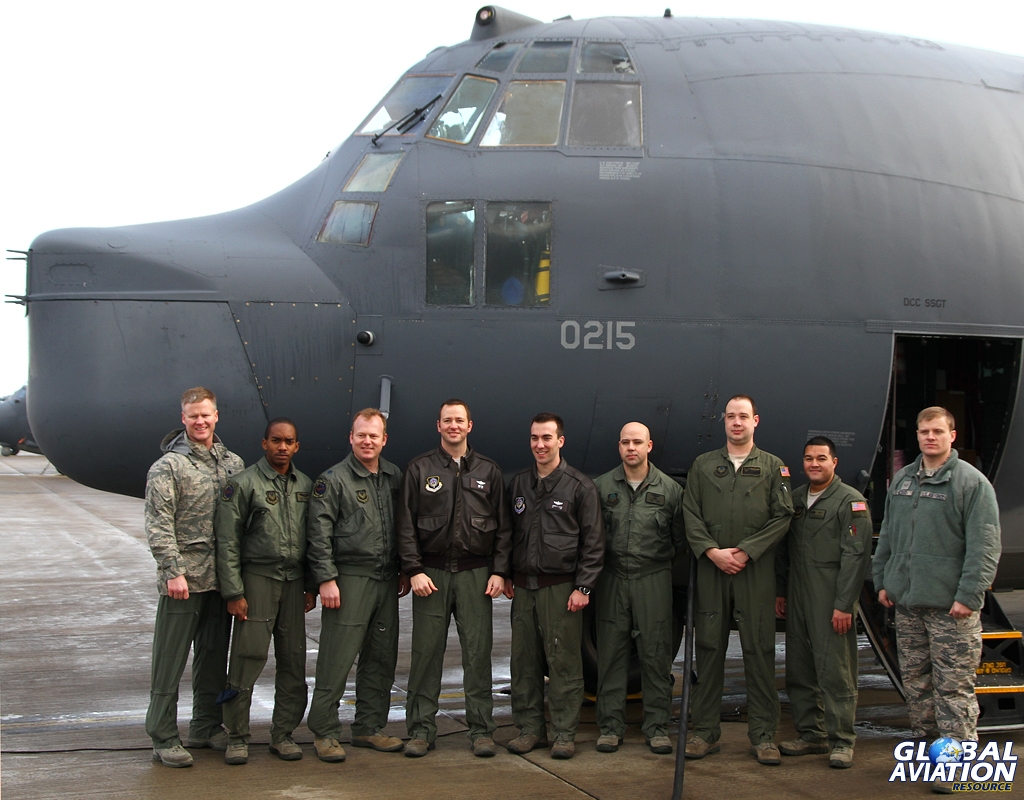
© Kieran Lear – Global Aviation Resource
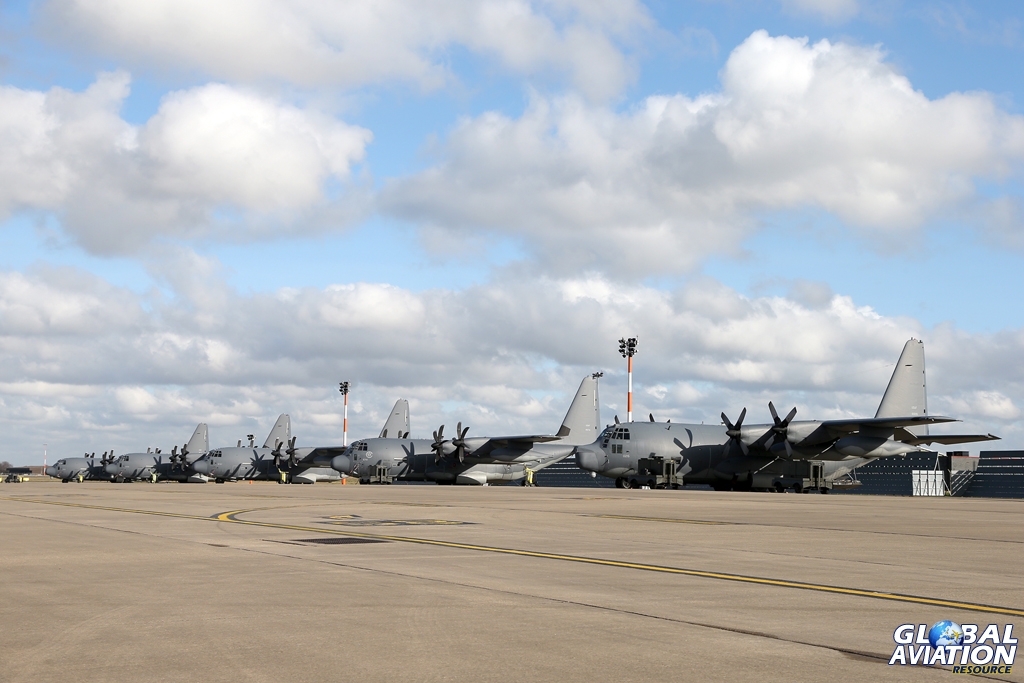
© Steve Comber – Global Aviation Resource

© Steve Comber – Global Aviation Resource
“We’ll be departing from Mildenhall today then R.O.N (Remaining OverNight) in Lajes, before departing the next morning for Bermuda and another overnight before setting off again for Florida”, explained Lt. Col. Peak, the man sitting in the right-hand seat for the final flight and a Navigator with 17 years and around 3,600 hours of experience on type. “From Mildenhall to Lajes, flight time is about six hours, Lajes to Bermuda about eight and from Bermuda to Florida, it’s about five.”
Even as a near 50-year old platform, Lt. Col. Peak praises the Shadow’s reliability as “absolutely fantastic. Kudos to the maintenance crews; it shows its age but maintenance does a fantastic job of keeping these aeroplanes airborne every night, and when we fly them, we fly them pretty rough – low level, dirt landings, plenty of stress on the wings but maintenance take great pride in these aircraft and sometimes you forget it’s a 46/48-year old machine.”

© Steve Comber – Global Aviation Resource

© Steve Comber – Global Aviation Resource

© Steve Comber – Global Aviation Resource
Maj. Andrew. T. Lazar, the man tasked with flying the Shadow back to the States, also gave an insight into the type of training undertaken for crews to convert to the MC-130 variants. “You’d go to initial training for about 50 hours with a small T-6, then you’d go to some sort of multi-engine, heavier, aircraft. Once choosing a variant of MC-130, you’re going to go to Little Rock where you’ll get 50 hours with ‘slick’ C-130Js – and that’s how to take off, land; just basic aeronautics with the C-130J.”
Maj. Lazar continues: “From there, you’ll go to Kirkland AFB in New Mexico, where again you get about another 50 hours, but that’s where you learn more about the multi-mission areas like helicopter refuels in the air, short field landings, air drops and advanced tactics on operating the MC-130.” Although technology has developed both internally and externally with the MC-130J, crews often have nothing but praise for their previous mounts, which have served them well over the years in both war and peace. Maj. Lazar sang the aircraft’s praises and expressed his honour at having flown it operationally, referring to it as “a dream.” He continues, “I absolutely love flying this aircraft, I’m very fortunate to have had the chance to fly it.”

© Steve Comber – Global Aviation Resource
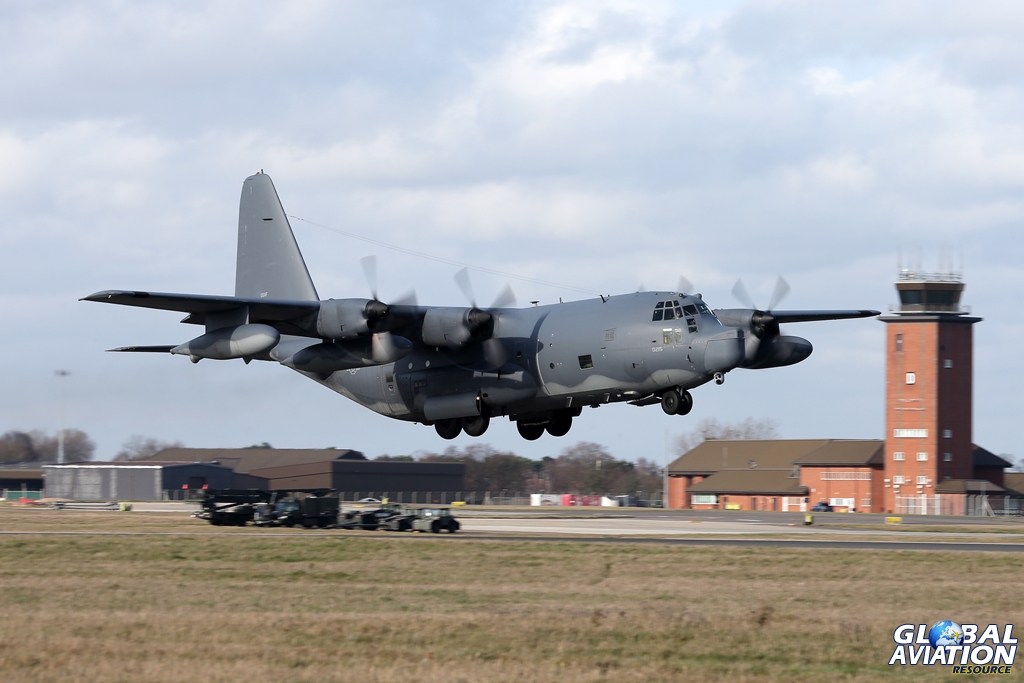
© Steve Comber – Global Aviation Resource
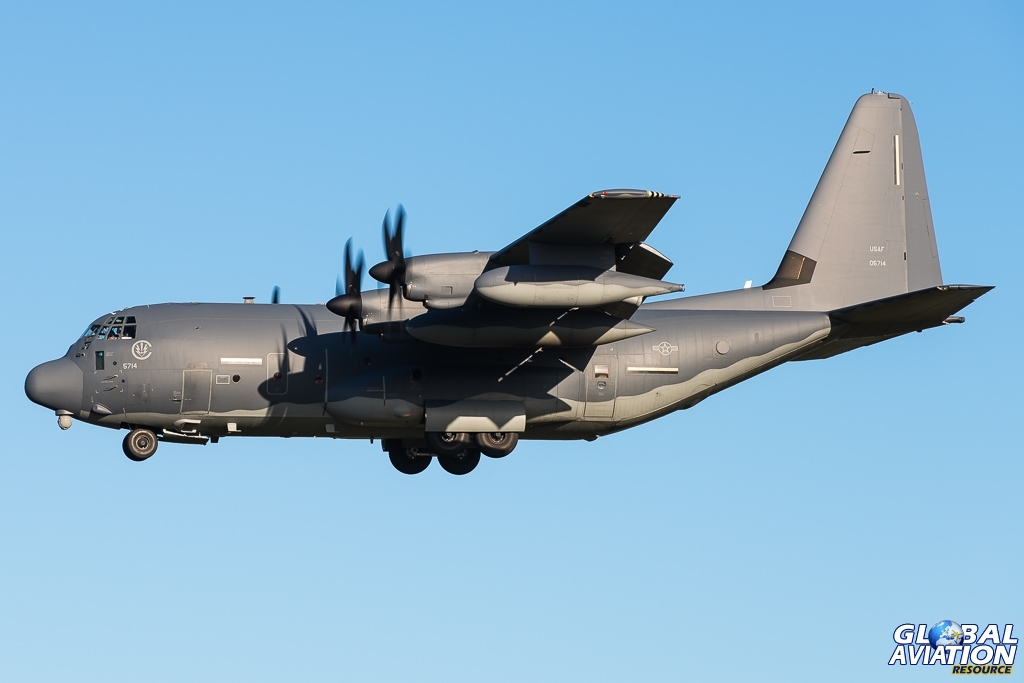
© Gordon Jones – Global Aviation Resource
Due to some minor technical difficulties, the Shadow’s departure time was pushed back by a few hours but was airborne out of RAF Mildenhall for the final time at 1310, and an era had ended for the USAF in the UK. The crew for this flight (pictured above) were Lt. Col. Scott Hartman in the pilot’s seat, co-pilot Maj. Andrew Lazar, Lt. Col. John Peak navigating and commanding the sortie, Capt. Michael Roy in the navigator’s position, Loadmaster Senior Airman Eric Wellman, Flight Engineer Technical Sergeant Eric Kleser and Radio Operator Technical Sergeant Bernard Fischer.
With a rich history operating in the UK for such a long period of time, Combat Shadows have been a regular fixture droning over the East Anglian countryside, attending regular exercises inside and outside the country as well as visiting several airshows in the UK and Europe. The type will certainly be missed by military crews and enthusiasts alike.
GAR would like to thank SSgt. S. Linch and his team for the kind hospitality.






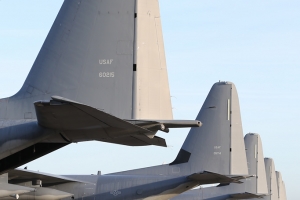
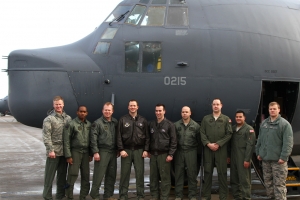




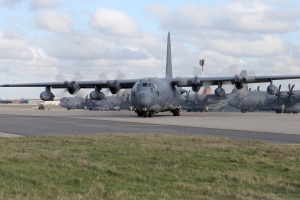

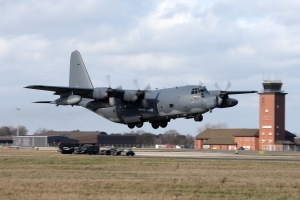
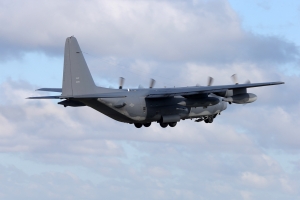
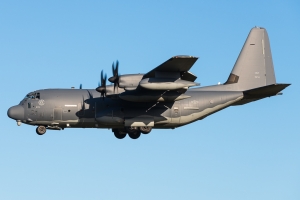


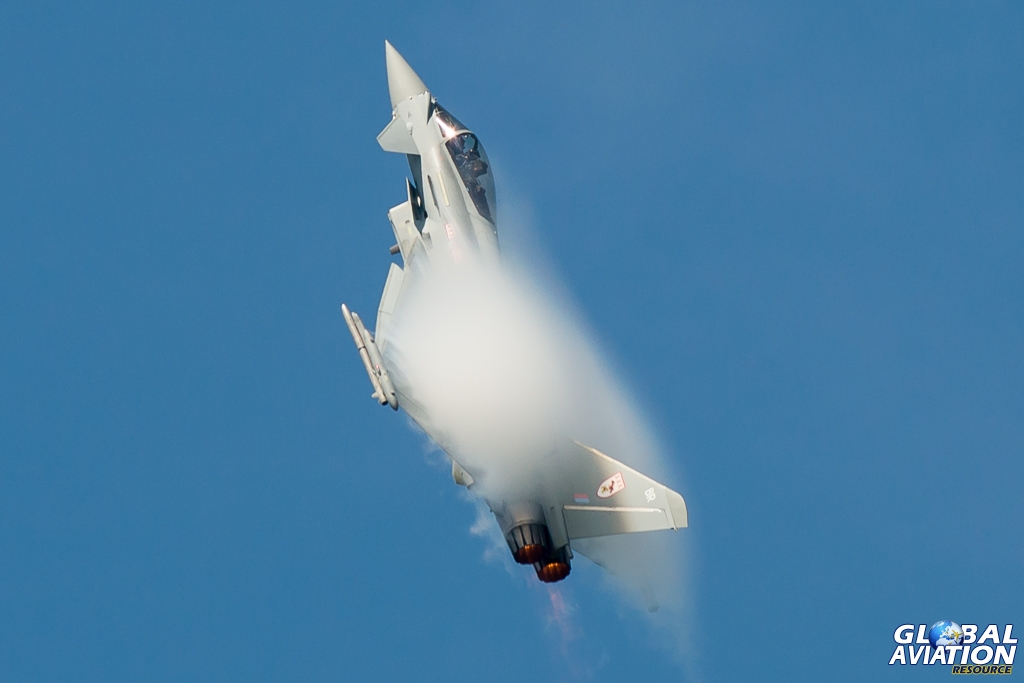


I was assigned to the 67 SOS back in the 90’s. I worked as an electrician and mechanic, maintaining those Combat Shadows. It was such a tight-knit unit and an aircraft that made you work, but always got you where you needed to go, no matter what. This article really breaks my heart, sad to know they are gone.